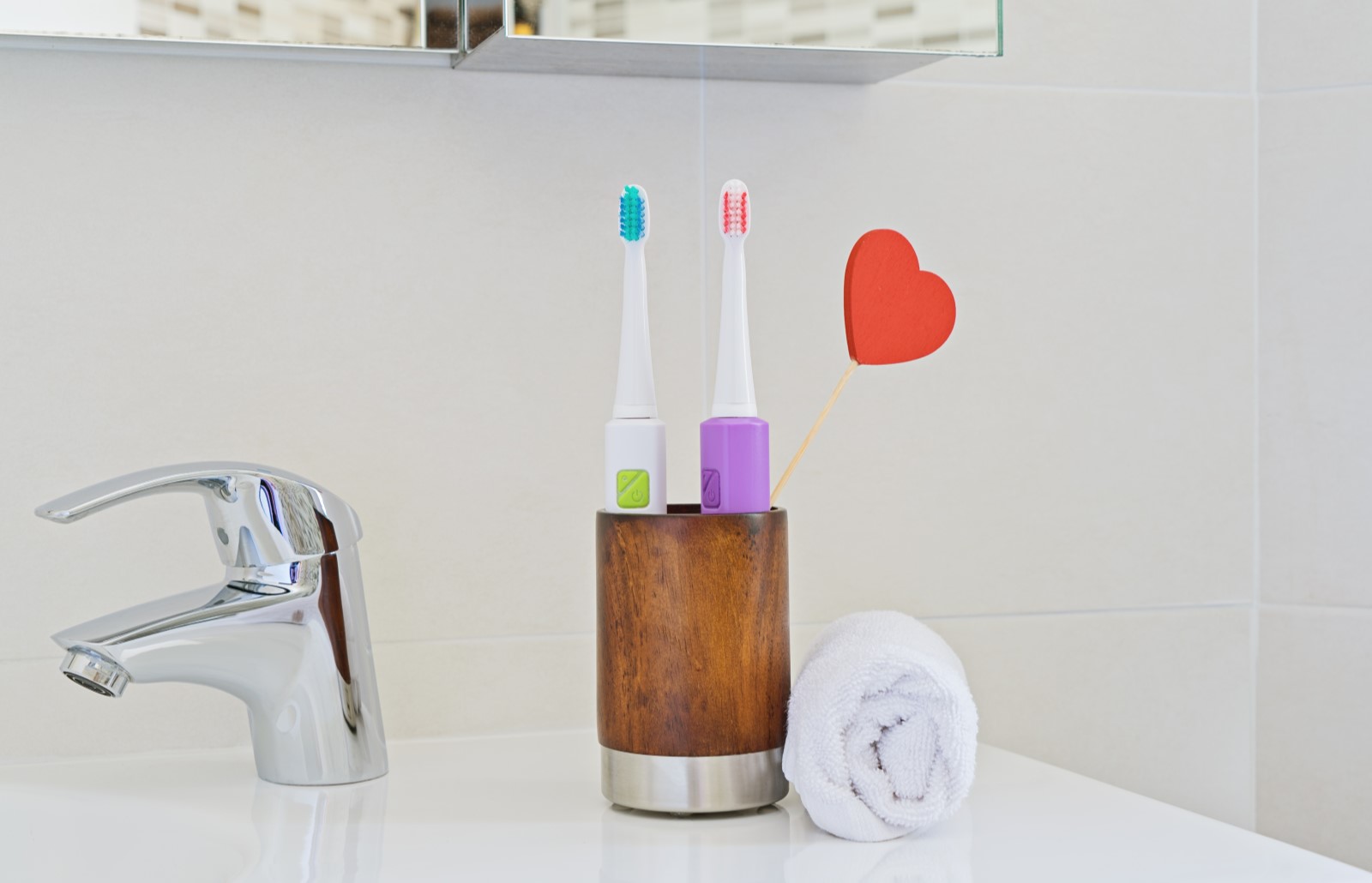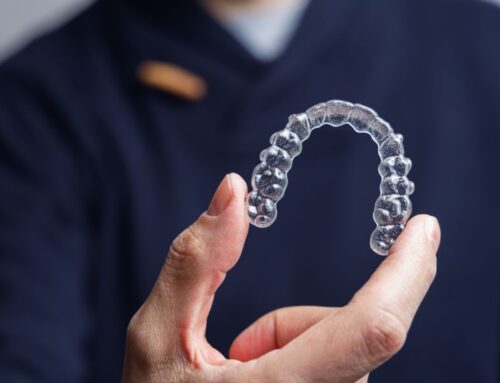
It’s an issue that can cause a lot of debate, but are electric toothbrushes really more effective than a manual toothbrush when it comes to cleaning and taking care of your pearly whites? We take a look at the key differences, and whether you really need to fork out for that sparkly new electric brush.
Electric toothbrush vs manual toothbrush
One of the main benefits of manual toothbrushes is that there’s a wider variety of options. You can get large, medium or small toothbrush heads, as well as a handy tool on the back of the head to help keep your tongue clean.
Manual toothbrushes can help you feel like you’ve got more control over the brushing process, including how hard the pressure is on their teeth. This can be particularly helpful for people with sensitive teeth and gums, who are able to respond to twinges of discomfort by applying less pressure.
Manual toothbrushes are also significantly cheaper than electric toothbrushes, making them much easier to replace. As they’re smaller, they also pack more easily when you’re travelling, so you never have to go a night without ensuring your teeth are sparkling clean!
One of the main benefits of electric toothbrush is that they do a lot of the work for you, with a power rotation that helps to loosen plaque. This can be a huge benefit for people with arthritis or other conditions which limit dexterity. The range of variable speeds can also be helpful for people with sensitive teeth and gums, and some of the higher-range electric toothbrushes even have a warning light that acts as an alert if too much pressure is being applied.
Electric toothbrushes are often great for kids who are reluctant to brush their teeth, as electric toothbrushes can seem more fun for them to use. Many electric toothbrushes also include an in-built timer to make sure you’re brushing your teeth for at least two minutes, and give guidance about where in your mouth you should be brushing, to help ensure you brush all four quadrants of your mouth.
What is the best toothbrush for braces?
Due to their detailed cleaning, many professionals recommend electric toothbrushes for use on braces. Models like the Phillips Sonicare ProtectiveClean 5100, Oral-B Pro 5000 SmartSeries and Oral-B Pro 7000 SmartSeries are know to get good reviews, but you should consult your orthodontist about your own needs.
How to brush braces with an electric toothbrush
When brushing braces with a sonic or oscillating electric toothbrush, ensure the bristles surround the brackets, but always be careful — undue pressure can damage the brackets. Be sure to slow down and brush each tooth individually, and your smile will stay sparkling.
In summary, both standard and electric toothbrushes can be used just as effectively to keep your mouth clean and your teeth healthy. The key is to brush and floss every day, regardless of the kind of brush you prefer.
Both types of toothbrushes have their advantages but both types will get the job done as far as removing plaque if used properly.
Contact
Phone | (775) 825-1881
Email | frontdesk@ogortho.com
Hours
| Monday | 8:00am – 5:00pm |
| Tuesday | 7:00am – 3:30pm |
| Wednesday | 7:30am – 5:00pm |
| Thursday | 7:00am – 3:30pm |
| Fri, Sat, Sun | Closed |
Location
505 Hammill Ln
Reno, NV 89511





